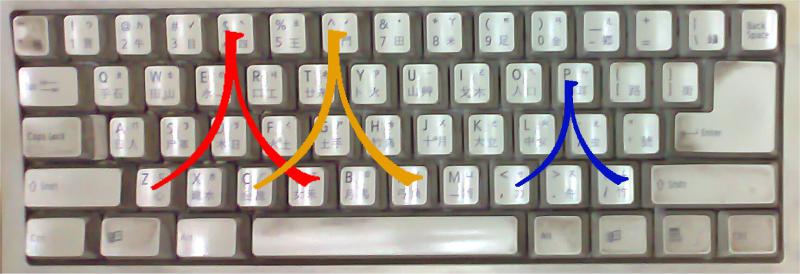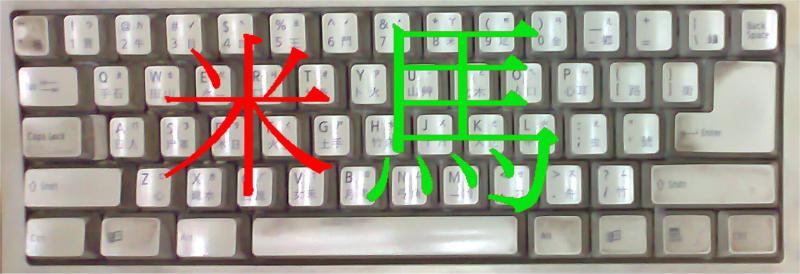Gallery
 Alternative positioning of a character hi-res
Alternative positioning of a character hi-res More complicated characters hi-res
More complicated characters hi-res Too complicated character hi-res
Too complicated character hi-resFirst published: 18th May 2012
Allan Dyer
Sitting on a panel at an information security conference in Hong Kong recently, we were discussing our view of the security challenges that Asian businesses face, including cloud services, mobile devices, Bring Your Own Device (BYOD). Then we had a question from the audience, "Why can't we use Chinese (and Japanese or Korean) characters in our passwords?" This was a change of gear, we were debating enterprise strategy, and parts of the audience were down at the grass roots.
The question is easy to dismiss as naive, but we should listen to our users, and try to understand the deeper meaning and requirement. Perhaps the message behind that question is that users know they can choose stronger, more memorable passwords in their own language. I would be sceptical about that as a general rule - if someone uses their pet's name as a password it is not going to be any more secure by typing it in Chinese, but helping some users become more secure is an improvement.
My initial reaction was that there are serious practical constraints. Chinese users usually enter text by multiple keystrokes based either on the pronunciation of the words, or on the components of the written characters, but there are many different schemes or input methods. If you have ever tried entering your password without realising Caps Lock was on, you will have some idea of the confusion that could result when the user needs to choose between multiple input methods. Also, the final selection of the character is often from a pop-up list, making shoulder-surfing easy. An alternative is written entry, using a touchpad, but the strokes are often displayed on-screen, again allowing shoulder-surfing. In any case, most systems are simply not set up to accept Chinese text entry at password prompts. A system administrator would be wise to carefully consider all the implications of doing that, would it enable shoulder-surfing?; would there be excessive support calls?; what are the compatibility issues?
What if an end-user wants to use a Chinese password, but their systems administrator has, for whatever reason, not provided a method? One way would be to use the keystrokes for an input method, and ignore the final character selection, but this would significantly reduce the entropy of the resulting password: several characters would map to the same keystroke sequence.
One method I sometimes use for simple 4 to 6 digit PINs is to remember the shape the digits make on the keypad. Six digits is probably the limit for this, I'm not good at remembering complex shapes. But, of course, Chinese readers have already memorised thousands of complex shapes, could they use those?
This is not a method I would use, and it would probably need more refinement before being usable, but I invite feedback from anyone who wants to try it.

The passphrase then depends on the characters chosen and where they are placed on the keyboard.
Naturally, more complex characters like 米 or 馬 can be used, becoming, perhaps, 4cwt3e5rrzrv and 707h8juouohl,bnm, respectively. 
But some characters, like 麟 seem just too complex. 
The advantages and disadvantages:
Well, that's the idea, let me know if you try it.